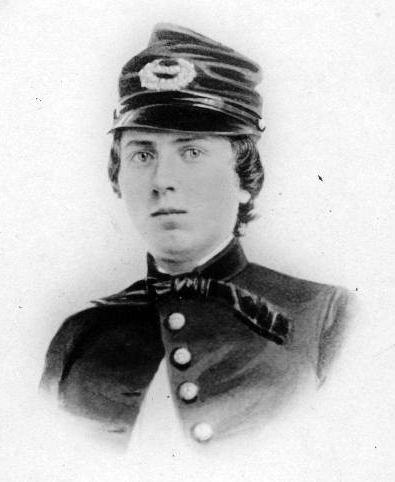
Figure 1 – First Lt. Alonzo H. Cushing, from the Wisconsin Historical Society and the Wikimedia Commons. Uploaded by DIREKTOR and in the public domain.
We have spoken before about the nineteenth century faces that stare back at us from antique photographs. They seem to possess a haunting element of awareness. None are more haunting than the faces of soldiers from the American Civil War. You wonder just what was in store for these people. And while you might not know, what you do know is how terrible the statistically odds were and the inevitable fact that at the very least the person in the photograph would experience hell. The tense is confusing. Would experience? Did experience? It is the photograph itself that creates the ambiguity.
This morning I came upon the photograph of Figure 1 in the New York Times. If the face is anonymous what do I experience in the seeing? I am are taken by the soft, handsome, youthfulness of the subject. Notice the eyes. They probably were blue. They look slightly way from us in distractedness and the catch-light is there to give the portrait life. And the catch-light is a connecting point, because any of us would light the eyes in just this way if we were taking the image today. There is a certain jauntiness to the tie. Yes it all makes you wonder and it all brings the subject back to life.
But in this case there is no need to wonder. The image is of First Lt. Alonzo H. Cushing. Cushing was a West Point graduate and he was there at the battle, at the spot, and at the most pivotal and momentous of moments. Cushing stood his ground on Cemetery Ridge at Gettysburg against Pickett’s Charge 151 years ago last month. Despite mortal wounds he kept firing his canon. Cushing is credited with playing a major role in turning the tide that day, an event which arguably led to preservation of the Union.which shows West Point graduate and Lt. Alonzo H. Cushing. It seems just a bit incomprehensible. These were the battles of a century and a half ago and a lot has happened since, the world and America have moved on. Yet it was important and for this bravery, Cushing was just posthumously awarded the Congressional Medal of Honor by President Obama.
When he went off to fight, Cushing told a cousin that “I may never return…I will make a name for myself.” Now a hundred years later the promise seems both prophetic and ironic. It makes us realize all the more that everyone of these soldier images, Union and Confederate, is a silent witness to something both monumental, something beyond themselves, and at the same time something intensely personal.
It is really kind of odd the importance we attach to historic photographs of people. Read a biography and you inevitably find yourself drawn to the portraits. Somehow the visage in the photograph gives genuineness and life to the story. In this case what a horrible yet courageous story it was.

Pingback: The Last Muster Project | Hati and Skoll Gallery